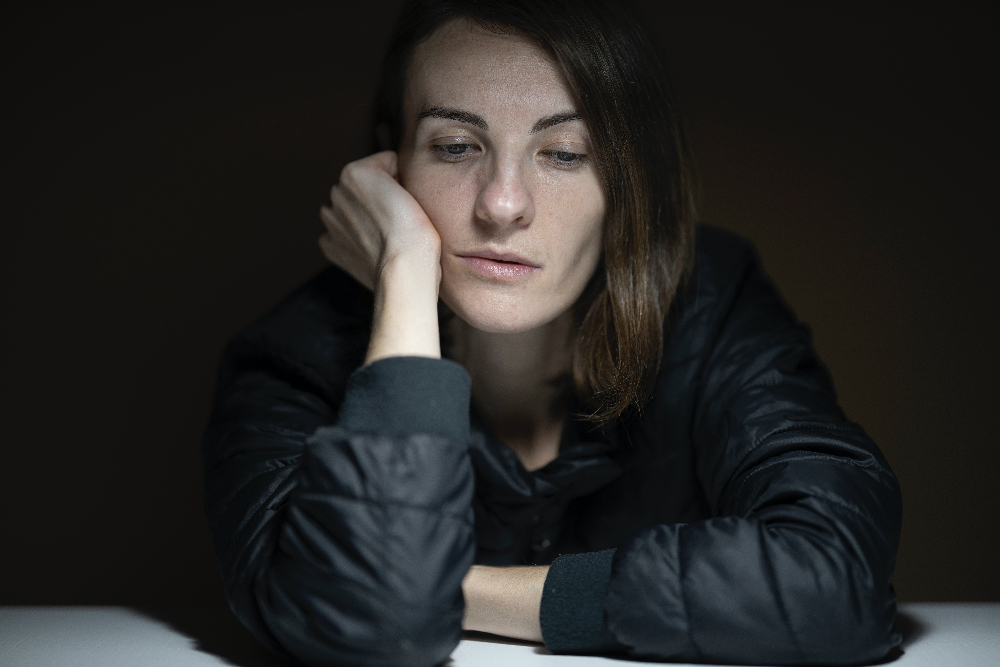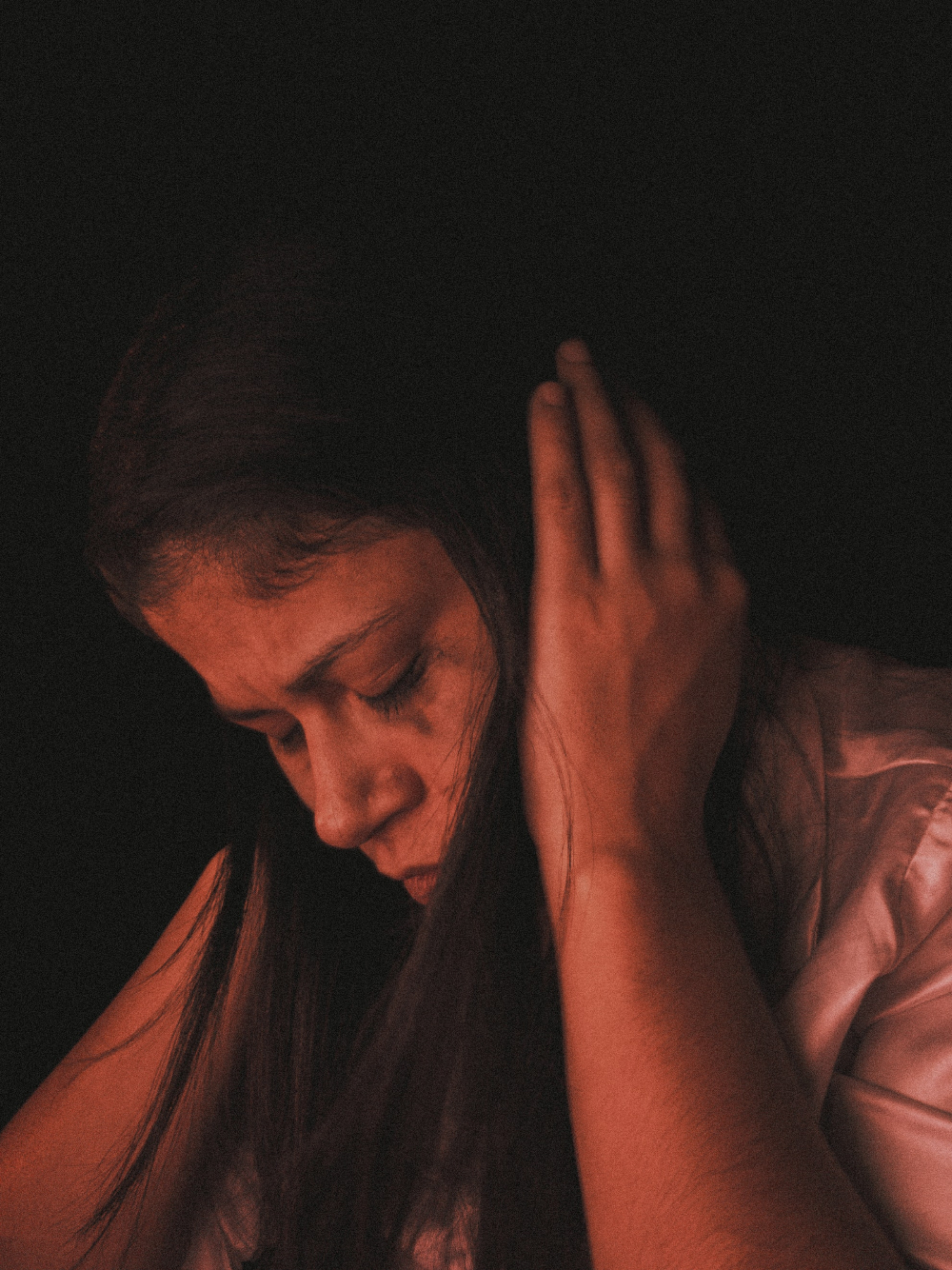The Food and Drug Administration approves esketamine for the treatment of severe depression.
In the past, for severe depression, medications or “antidepressants” like Abilify, Celexa, Cymbalta and Effexor were front line treatments. In addition, sufferers could also get relief through talk therapy, light stimulation therapy, and electroconvulsive therapy. However, there are some forms of depression, known as “treatment-resistant depression,” that can persist even through therapy and medication. In an attempt to address these aggressive forms of depression, medically safe ketamine therapy may be a solution.
Originally used as a tranquilizer in veterinary medicine, and eventually abused as an illicit drug, ketamine has now been considered safe and therapeutic at certain controlled doses. The drug provides anesthetic effects as well as slightly hallucinogenic effects that can give the user a subtle high, which can work to treat the downward spiral of depression, while boosting mood and energy levels.
In March of 2019, the FDA approved a medically safe version of a ketamine derivative called esketamine. Created by Johnson & Johnson, this form of the drug is a nasal spray available in quick-acting and extended-release doses. Used for treatment-resistant depression, esketamine is available for those that have not benefited from at least two different medical or talk therapy interventions previously. Prior to this, medical facilities used intravenous ketamine infusions to treat depression, but this caused complications like site reactions, redness, itching, and infection, along with multiple hours spent in clinics receiving the infusions.

Dr. Gerald Sanacora of the Yale Depression Research Program addressed skeptics by stating, “The chances of you responding to a third or fourth [treatment] reduces significantly, so this drug, which has a completely different mechanism of action, is particularly effective for those who have no standard treatment.”
Traditionally, ketamine clinics only offered intravenous infusions for patients, which took multiple sessions before noticing any sign of improvement. These sessions required extensive monitoring. At ketamine clinics like Field Trip, in order to qualify for the treatment, patients must first undergo a consultation and questionnaire process, followed by a initial visit with a licensed therapist. Then, monitored by medical staff, patients are placed in a room with dim lighting and eye masks while the infusion, and possible hallucinogenic trip, occurs. Finally, patients meet again with a therapist to monitor progress.
However, with esketamine spray, marketed as Sparavato, users may be able to realize quicker results and less side effects. This drug is newer to the market, and full effects and improvements are still being studied. Critics of the drug cite that in Johnson & Johnson’s original report on the drug, there is a reported 30 to 40 percent efficacy rate, with initial symptoms or improvements showing up after the first four hours.
In addition, for those looking to avoid treatments at the clinic, Sparavato requires administration in a medical facility, as well as monitoring for two hours post-dose. Another common argument is the price, which costs over $4,700 per month for treatment. Insurance policies may or may not provide reimbursement. While it will take more time for the effects to be fully studied, many are taking an early trial appointment with Sparavato to relieve their depression symptoms.


Join the conversation!